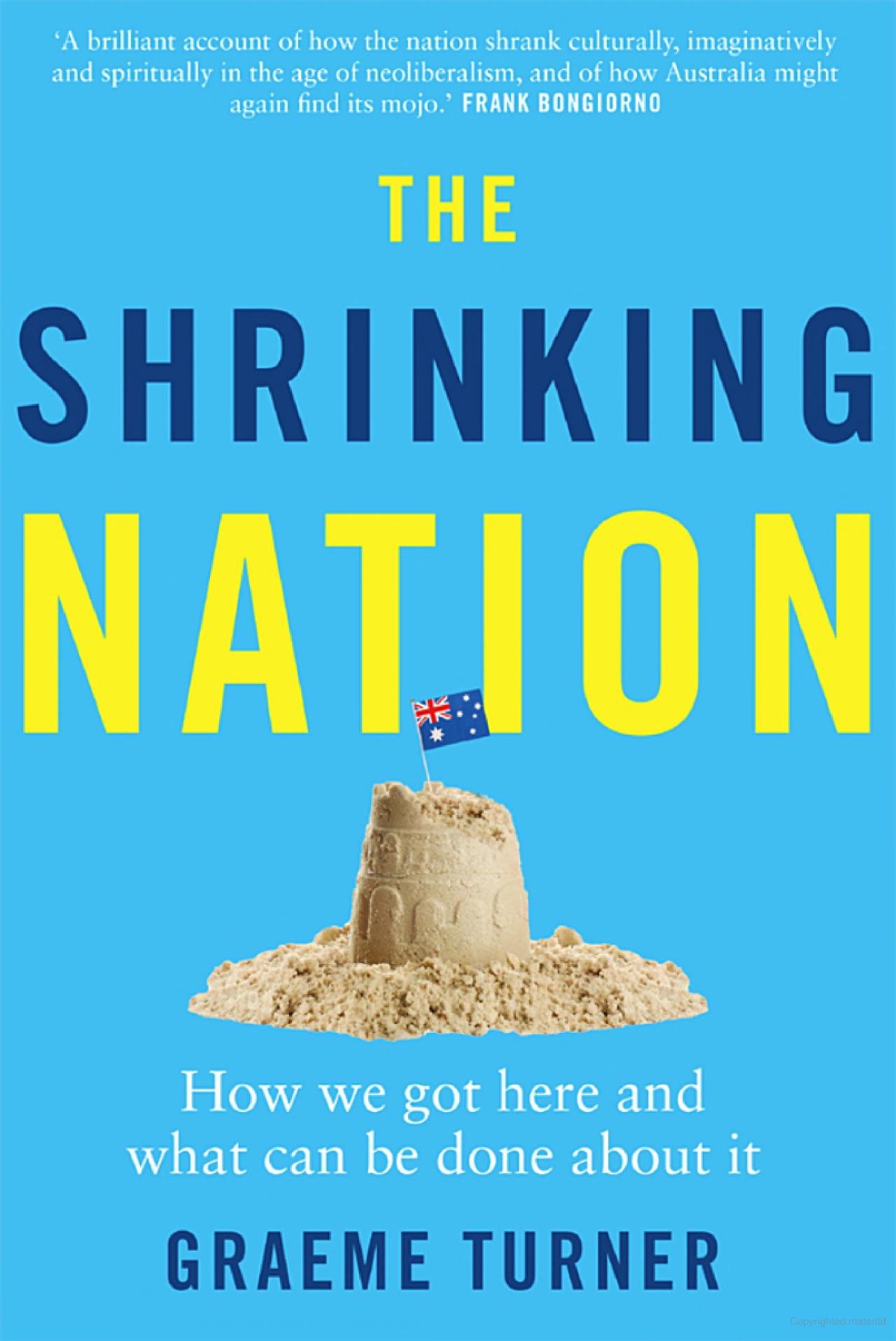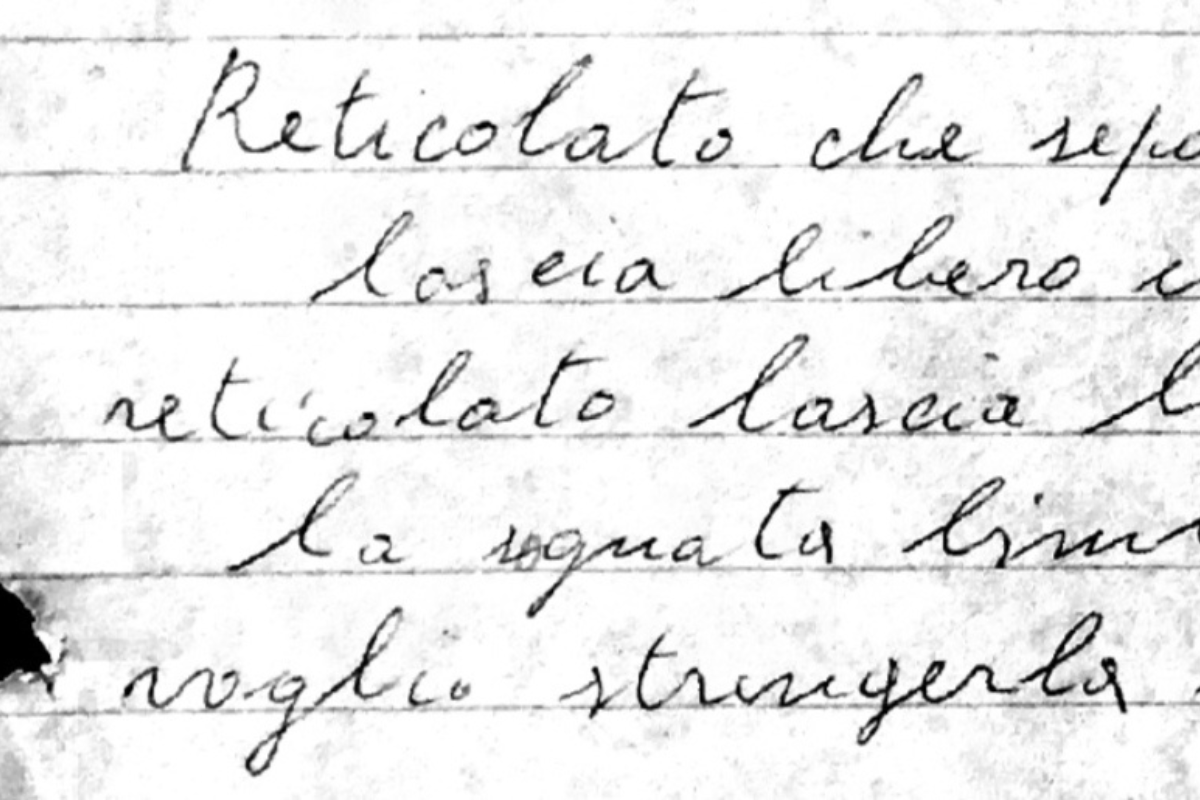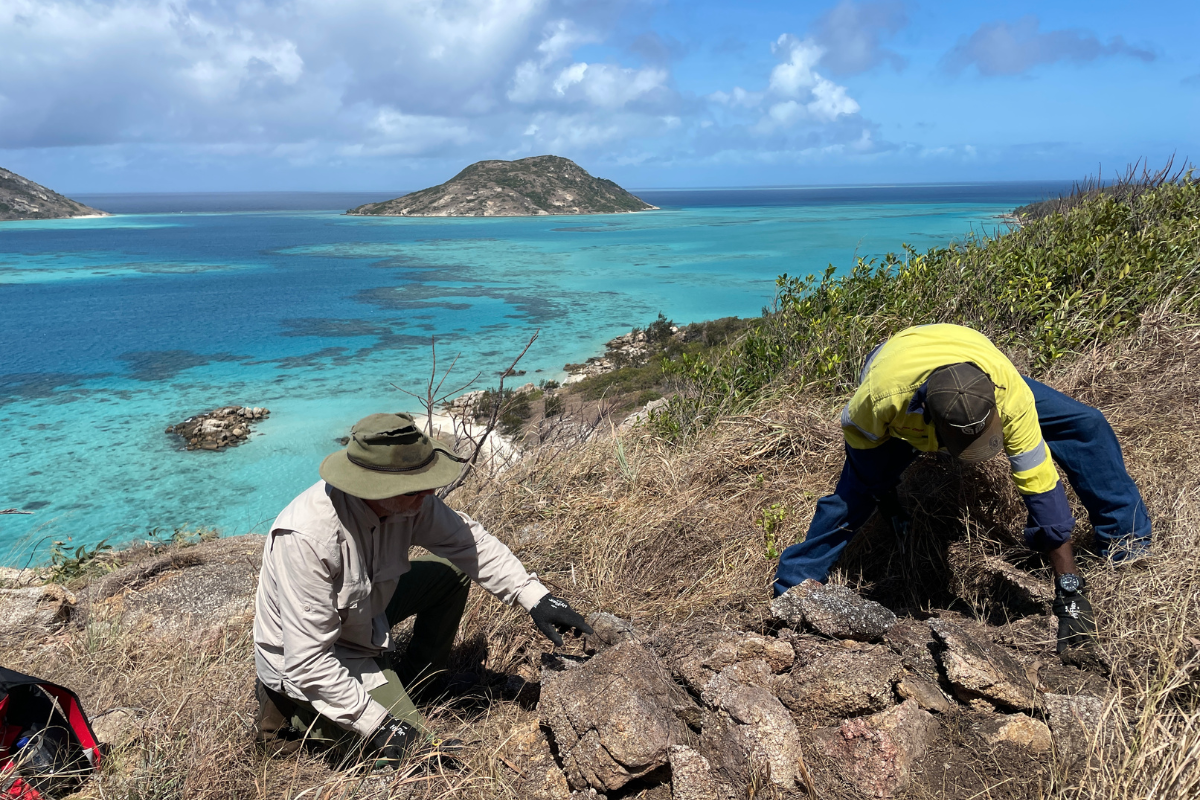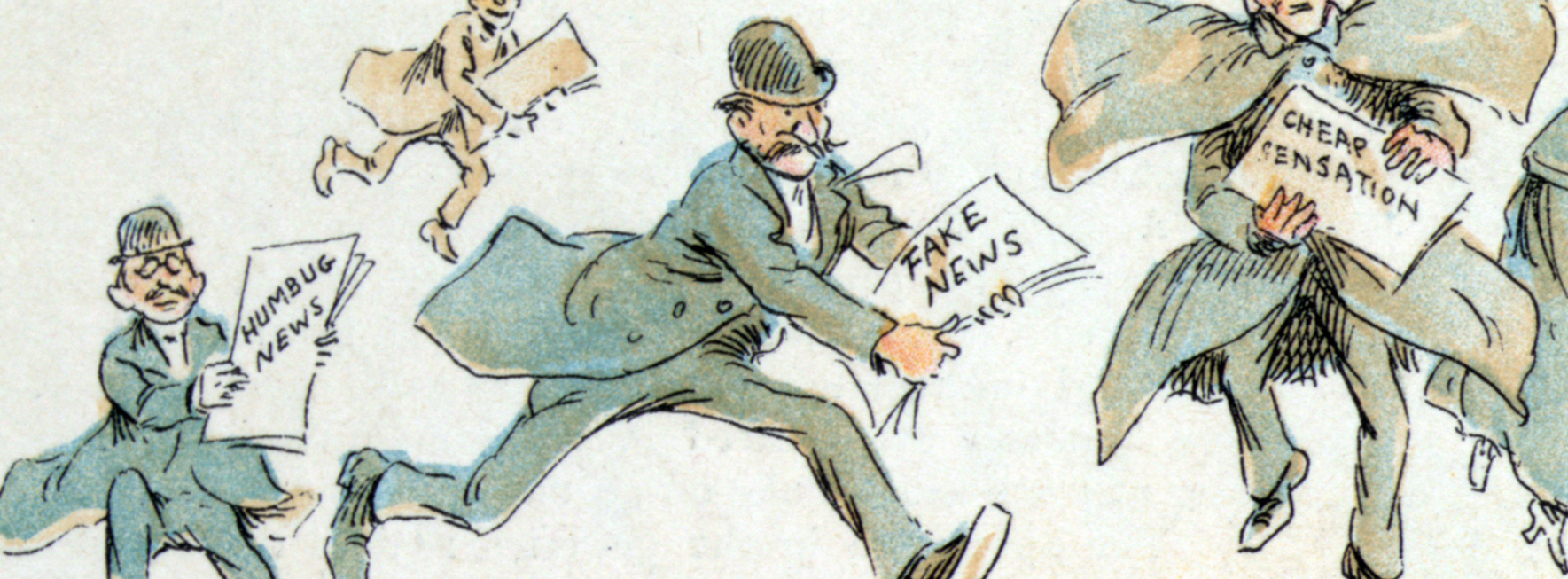
It all feels so inevitable now, but as many have noted, that wasn’t always the case.
When I was doing the final edits on the manuscript on what became The Shrinking Nation earlier this year, there was still the possibility of a bipartisan position on the Voice. There had been broad agreement on Indigenous recognition, and polls were reporting widespread popular support for the proposal for an Indigenous Voice to Parliament.
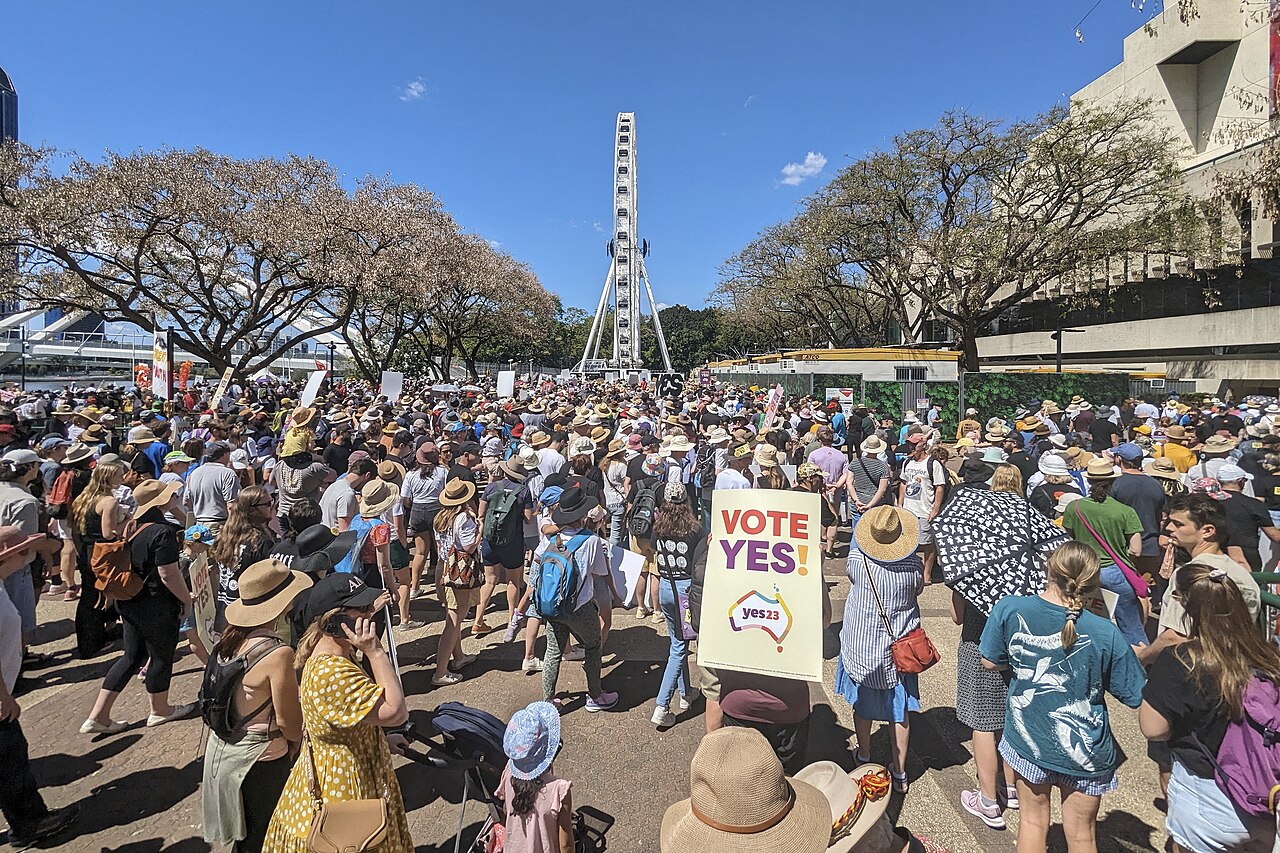
With the Albanese government still doing enough to claim it wanted to change how politics was operating in this country, there were also some grounds for hope that the nation might be able to debate this important issue in an informed, civil, and productive manner.
The Shrinking Nation studied several decades of a diminished and dysfunctional political culture, and how a range of factors had contrived to make any kind of progressive political change in Australia increasingly difficult — and as it turned out in the case of The Voice, increasingly unlikely.
My research for this book told me how obdurate, and how resilient, the conservative defence of the status quo could be when challenged. Progressives got a sugar hit from Albanese’s election night commitment to the Voice but this served, in the end, only to delay their recognition of the forces that would take us back to business as usual: a hyperpartisan and unprincipled performance of politics that put the interest of the party and the ambitions of the individual above the national interest and the public good.
As we enter an extended period of post mortems and recriminations, the list of who or what was responsible for the failure of the referendum is a long one. Predictably enough, it tends to be shaped by the political agendas of those pointing the finger. There are plenty who have voiced their frustration at what history will likely see as a misguided campaign strategy deployed by the Yes case.
Meanwhile, those on the No side have congratulated themselves on the success of their choice of the trope of ‘divisiveness’ as a means of counteracting the positive potential of the proposal. More broadly, and more worrying, are the suggestions that this result was, at least in part, achieved by the deliberate circulation of lies and so-called misinformation and that this material fell on fertile ground due to the deep residue of racism within Australian culture.
The power of doubt
What I want to highlight here, though, is the role of the media and its failure to find a means of combatting the circulation of lies, of ‘alternative facts’, of rumour and insinuation. These have now become core components of the public discourse around political debate.
Our news media, in particular, has been focused increasingly around the production of fear, anger, shock, and alarm. Good news stories don’t sell subscriptions or hold their online visitors.
Consumers don’t ‘share’ their good news stories online at anything like the same volume and velocity as they share the things that anger, scare, or concern them. In a world in which social media now sets the agenda, this matters. Consequently, we now live in a media world in which the production of doubt, anger, and suspicion is more or less the default commercial strategy.
Little wonder that it has become the default political strategy as well. The weaponisation of labels such as ‘woke’ or ‘elites’ has been so thorough and widespread that they merely need to be invoked to take their effect. (I doubt if those throwing the label of ‘woke’ around would have any hope of defining what it actually means; like many terms of abuse, it is defined only by those to whom it is applied.)
Fact or fiction: combating political disinformation
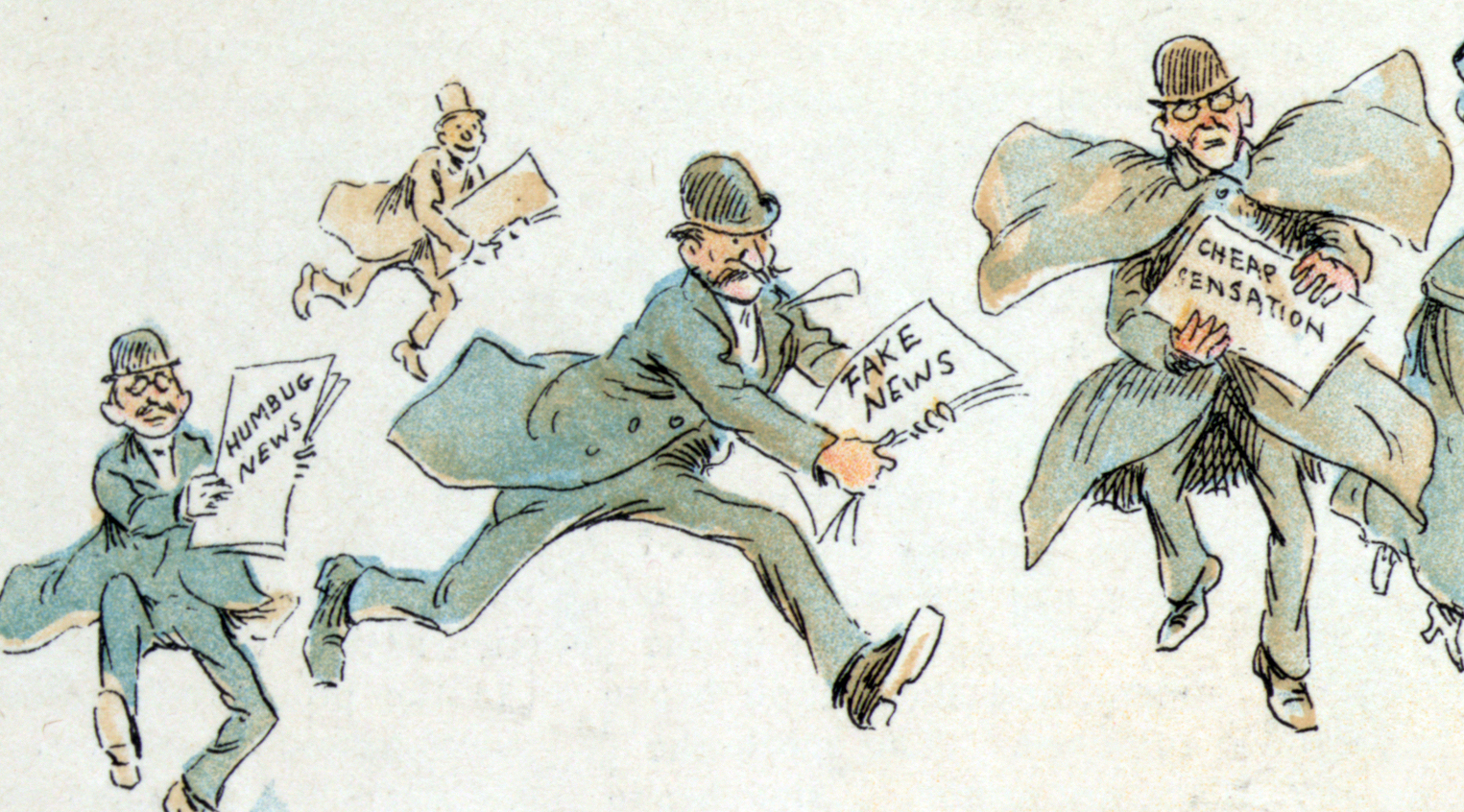
How the media reports on the outputs of this strategy, however, has come under increasing scrutiny. A number of commentators and journalists, most recently the ABC’s Laura Tingle, have focused on the degradation of the principle of ‘balance’ in news reporting—the allocation of equal time to opposing points of view in a news item. The problem with this, in practice, is that it can imply that all points of view are of equivalent validity.
When politicians just make stuff up, the principle of balance doesn’t allow the journalist to report this as politicians telling a lie or creating a fiction. Rather, they are required to relay the lie, and then find another politician willing to contest it. This turns ‘the facts’ into a matter of partisan interpretation, rather than something which is either demonstrably true or it isn’t. In this way, the commitment to balance, driven in the ABC’s case by the existential fear of accusations of liberal bias, can actually serve to legitimate lies and deception.
Accusations of bias have proven an effective means of generating an excessively self-censoring culture within the more progressive ends of the news media (it doesn’t bother the folks at Sky News After Dark). Over time, it has given politicians and other commentators an extended license to say whatever they like in the heat of debate. Along with that license is the expectation that the media will always serve as a conduit for whatever they feel like saying—with little in the way of moderation, criticism or refutation.
Without media reporting taking a more principled and courageous approach to defending the truth, this is not likely to change.

